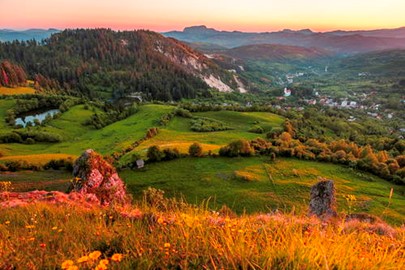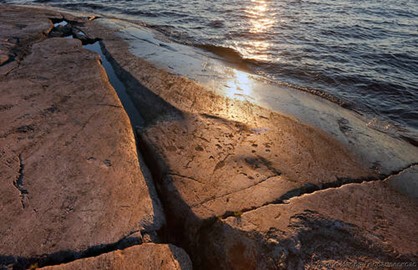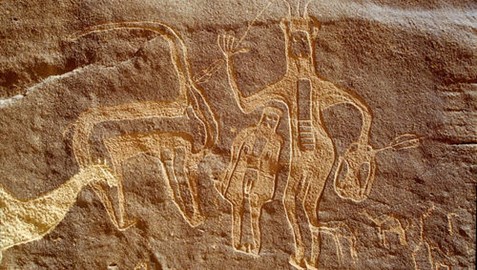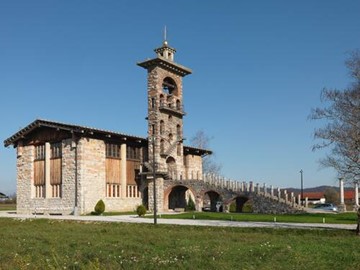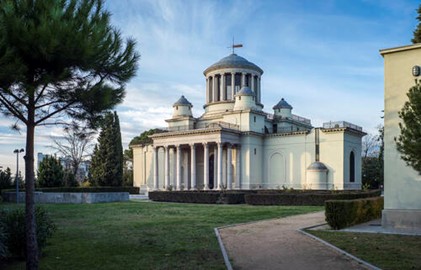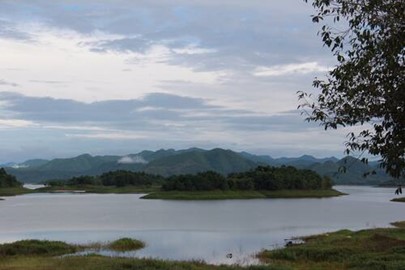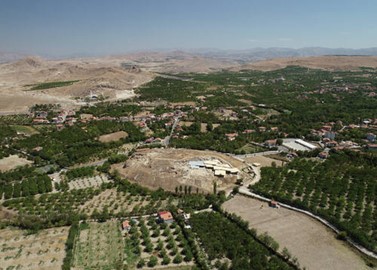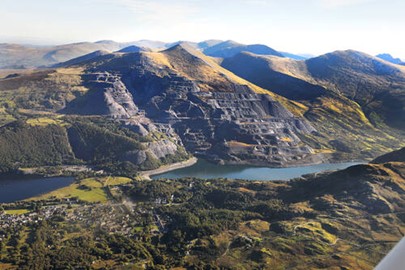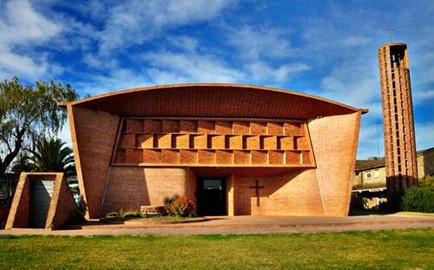year :: 2021
Rosia Montana
Rosia Montana, a UNESCO World Heritage site in Romania, recognized in 2021 and listed as World Heritage in Danger, is a historic gold mining landscape dating back to the Roman era, known as Alburnus Maior. Featuring extensive underground galleries, ancient settlements, and advanced Roman mining technology, it reflects over 2,000 years of human ingenuity and cultural evolution in the Apuseni Mountains. Despite threats from potential modern mining, its well-preserved features highlight its global significance... Read More
Petroglyphs of Lake Onega and the White Sea
The Petroglyphs of Lake Onega and the White Sea, a UNESCO World Heritage site in Russia, recognized in 2021, are prehistoric rock carvings in Karelia, dating from 5000 to 2000 BCE. Etched into granite by hunter-gatherer communities, these 4,500+ images depict animals, boats, and human figures, reflecting spiritual beliefs and daily life in the Neolithic era. Found at 26 sites along rugged shores, they offer a rare glimpse into ancient northern Eurasian culture, showcasing Russia’s rich archaeological herita... Read More
Hima
Hima, a UNESCO World Heritage site in Saudi Arabia, recognized in 2021, is an ancient cultural landscape in the southwest, renowned for one of the world’s largest rock art collections. Spanning millennia, its petroglyphs and inscriptions depict hunting, wildlife, and daily life from 7,000 years ago, etched by travelers along a historic caravan route. Featuring diverse scripts like Musnad, Thamudic, Greek, and Arabic, alongside still-functioning wells, Hima offers a vivid snapshot of human history and cultur... Read More
Ljubljana
The Works of Jože Plečnik in Ljubljana, a UNESCO World Heritage site in Slovenia, recognized in 2021, are a collection of urban designs by architect Jože Plečnik, transforming Ljubljana from 1921 to 1957. His visionary projects, including the Triple Bridge, Central Market, and landscaped riverbanks, blend classical influences with modernist simplicity, creating a human-centric cityscape. Reflecting Slovenia’s cultural identity, these works showcase Plečnik’s innovative approach to architecture and urban pla... Read More
Paseo del Prado and Buen Retiro
Paseo del Prado and Buen Retiro, a UNESCO World Heritage site in Spain, recognized in 2021, is a historic urban landscape in Madrid blending culture, nature, and science from the 16th century onward. The tree-lined Paseo del Prado, Spain’s first public promenade, links iconic museums like the Prado with the lush Buen Retiro Park, a former royal retreat turned public garden. This integrated design reflects Enlightenment ideals, showcasing Spain’s pioneering approach to urban planning and leisure, enriched by... Read More
Kaeng Krachan Forest
Kaeng Krachan Forest, a UNESCO World Heritage site in Thailand, recognized in 2021, is a pristine tropical forest along the Tenasserim Range, celebrated for its rich biodiversity and rugged terrain. Home to rare species like the Siamese crocodile, clouded leopard, and over 400 bird species, it thrives in a moist evergreen ecosystem shaped by steep slopes and rivers. Bordering Myanmar, this ecological sanctuary reflects Thailand’s natural heritage, offering a vital refuge for wildlife and a testament to Sout... Read More
Arslantepe Mound
Arslantepe Mound, a UNESCO World Heritage site in Turkey, recognized in 2021, is a 5,000-year-old archaeological tell near Malatya, tracing human settlement from the 4th millennium BCE to the Roman era. This ancient site reveals the rise of early state societies with mudbrick palaces, a temple, and the world’s oldest swords, reflecting advanced metallurgy and governance. Known as the 'Lion Hill' for its Hittite lion statues, Arslantepe offers a key window into Turkey’s prehistoric urban development and cult... Read More
The Slate Landscape of Northwest Wales
The Slate Landscape of Northwest Wales, a UNESCO World Heritage site in the UK, recognized in 2021, is a historic industrial region in Gwynedd shaped by slate quarrying from the 18th to 20th centuries. Featuring dramatic quarries, railways, and workers’ villages, it powered the global roofing slate trade, with sites like Penrhyn and Dinorwig showcasing innovative engineering and rugged beauty. This cultural landscape reflects Wales’ industrial heritage and social history, highlighting the resilience of comm... Read More
Church of Atlántida
The Church of Atlántida, a UNESCO World Heritage site in Uruguay, recognized in 2021, is a modernist masterpiece designed by engineer Eladio Dieste in 1958 near Montevideo. Known as Iglesia de Cristo Obrero, its innovative brick architecture features undulating walls and a bell tower built without steel reinforcement, showcasing Dieste’s pioneering use of reinforced ceramics. This humble yet striking structure blends functionality with aesthetic grace, reflecting Uruguay’s 20th-century architectural ingenui... Read More
